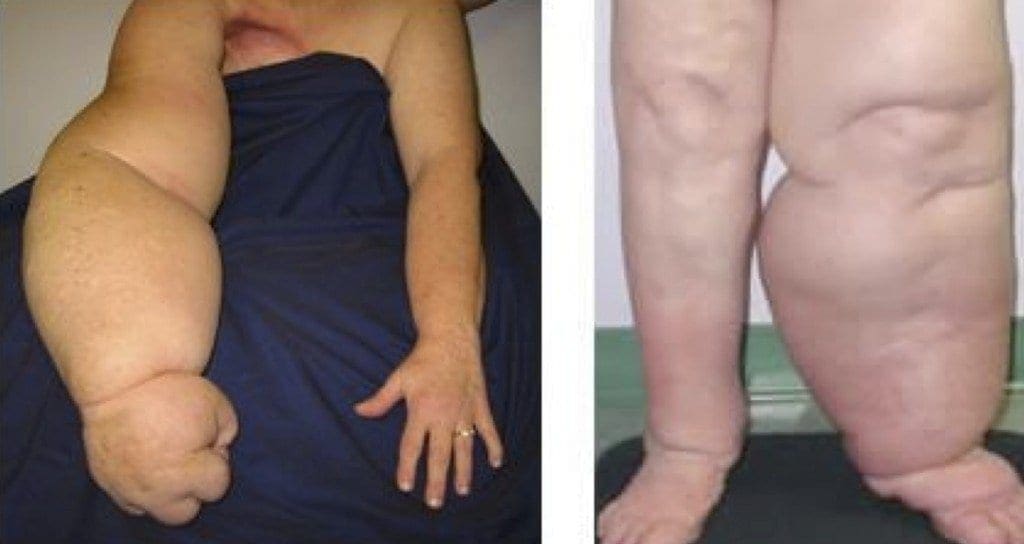About Lymphedema
Lymphedema is an incurable but treatable medical condition caused by injury, trauma or congenital defects
in the lymphatic system.
When the impairment becomes so great that the lymphatic fluid exceeds the lymphatic transport capacity, swelling results as an abnormal amount of protein-rich fluid collects in the tissues of the affected area. Two types of lymphedema exist: primary and secondary.
Primary lymphedema can be present at birth (congenital) or develop at the onset of puberty (praecox) or in adulthood (tarda). Secondary lymphedema can be caused by surgeries or radiation treatments and is a common consequence of cancer treatments that remove or damage lymph nodes or vessels.
Over time, lymphedema (especially if poorly treated) often results in number of complications including infections, disfigurement, pain, and disability. In fact, it may occasionally prove fatal to its sufferers. But while lymphedema cannot be cured, it can be very effectively managed, thus significantly reducing risk.
The recognized standard of care for lymphedema is Complete Decongestive Therapy (CDT). CDT comprises four interacting elements applied in two phases (acute and ongoing): manual lymph drainage (MLD), compression therapy, lymph drainage exercises, and skin care. Each of these four elements are interdependent and imperative to the overall success of treatment however the most basic element is the application of compression to the swollen body part.
Compression is to lymphedema what medication is to many other diseases – indispensible!
It is estimated that 3-5 million Americans suffer from lymphedema. Due to a lack of awareness, information, and education (even within the medical community), lymphedema is often misdiagnosed or undiagnosed. Delays in diagnosis or treatment can result in rapid and unchecked progression of the disease.
More information is available on our Resources page.






